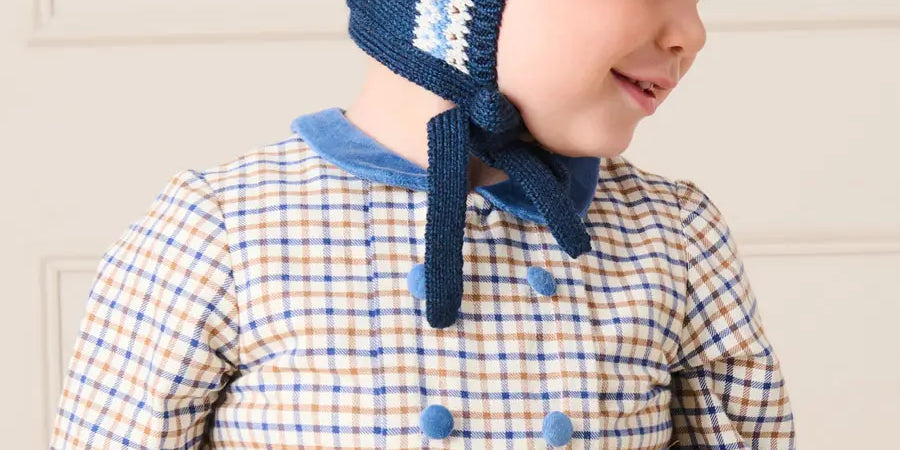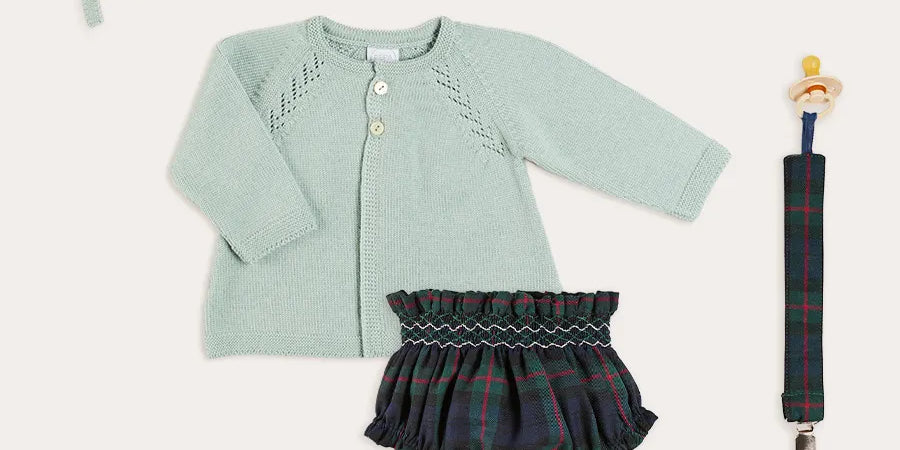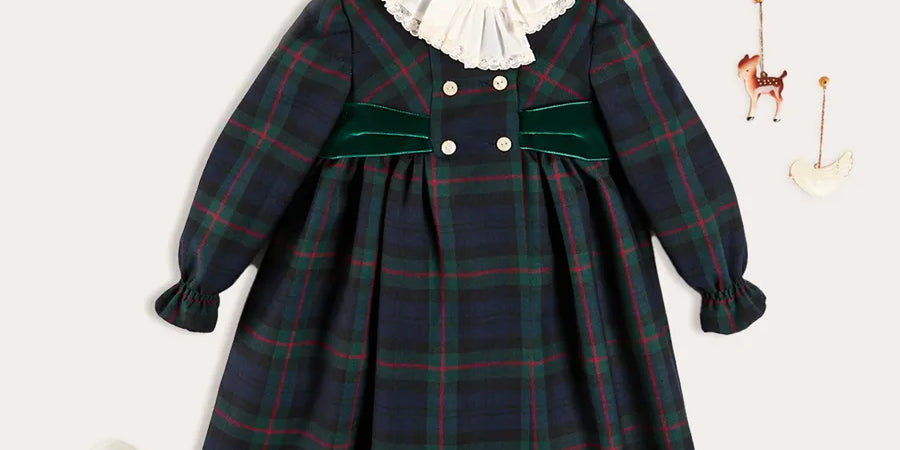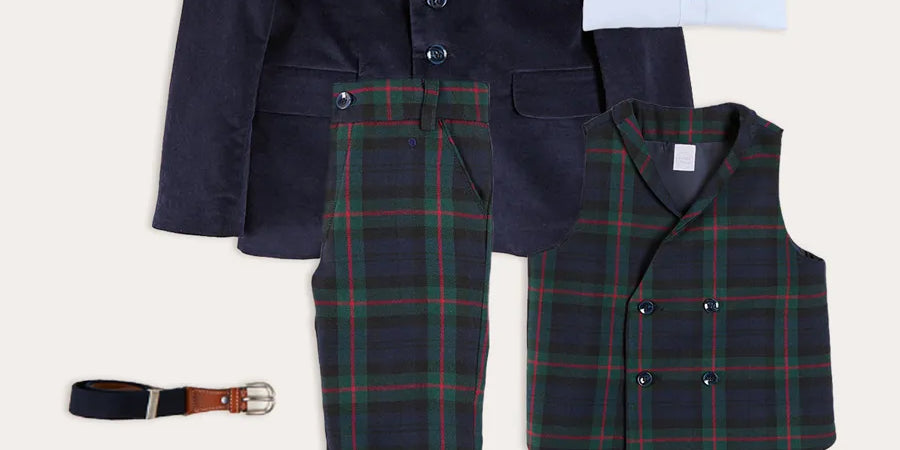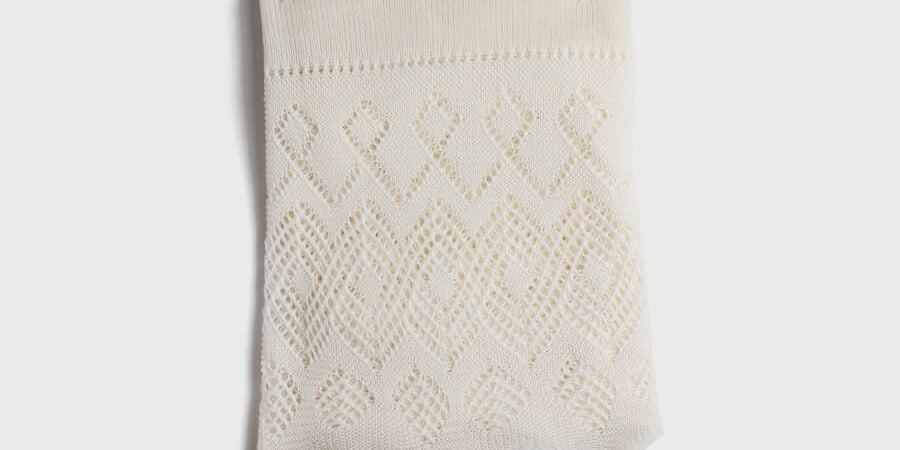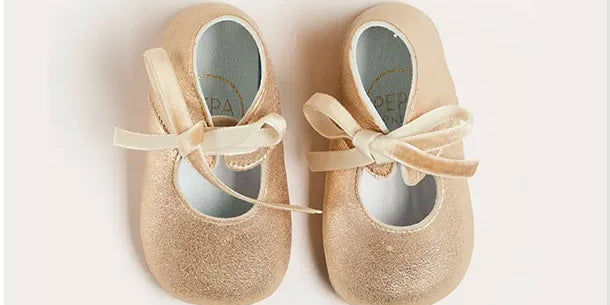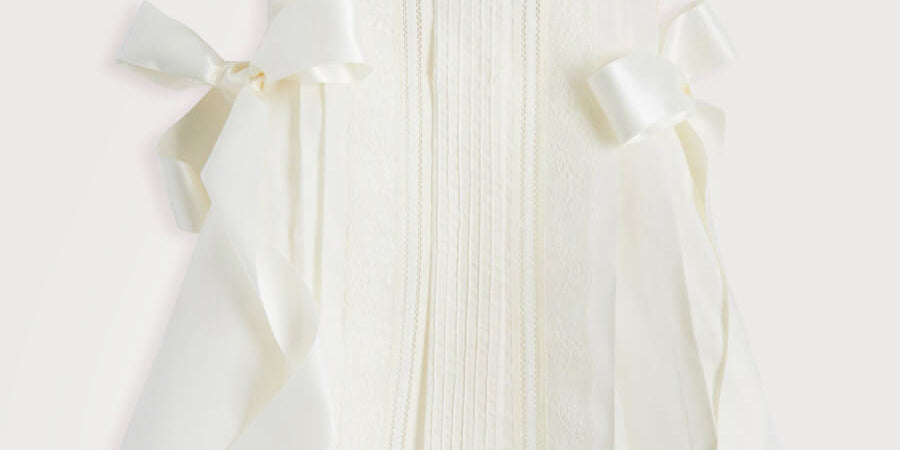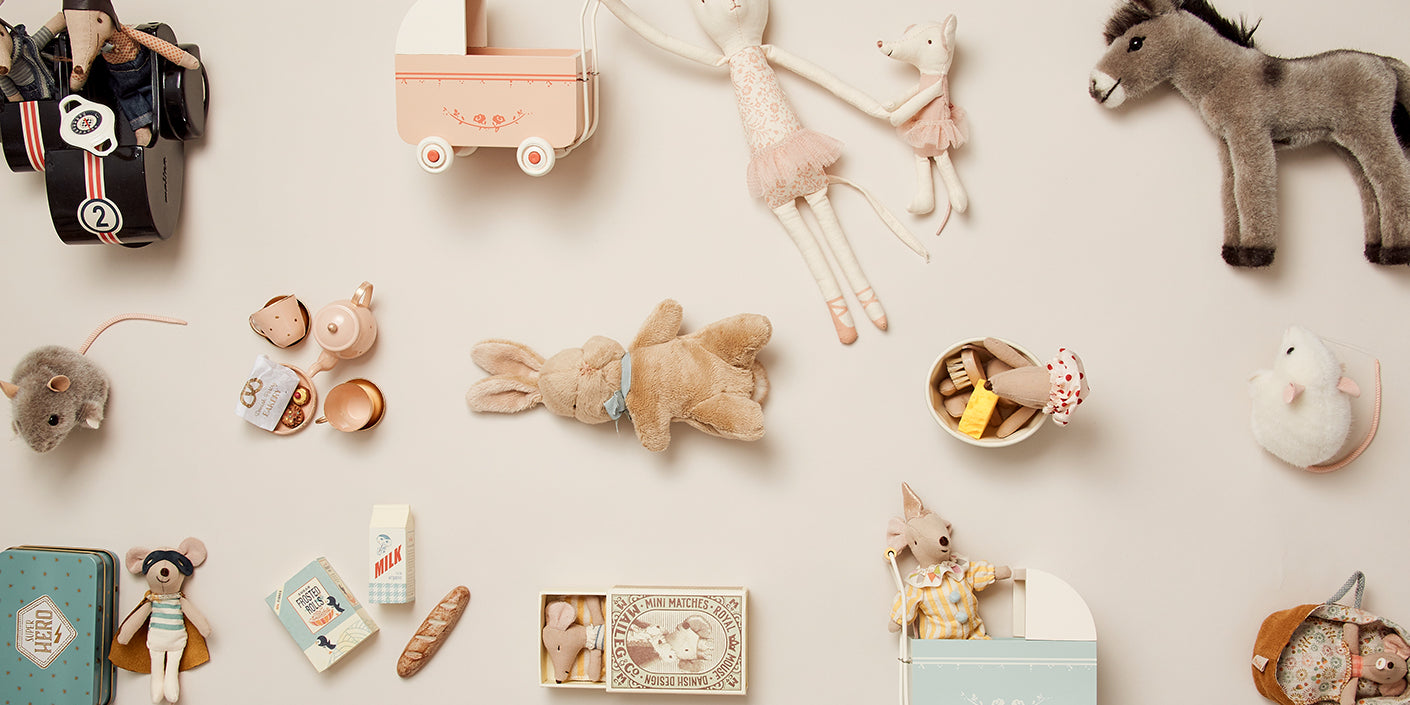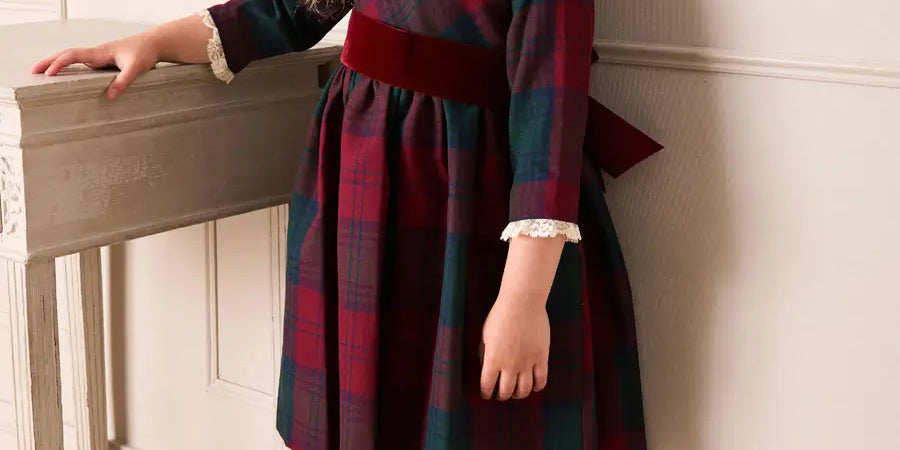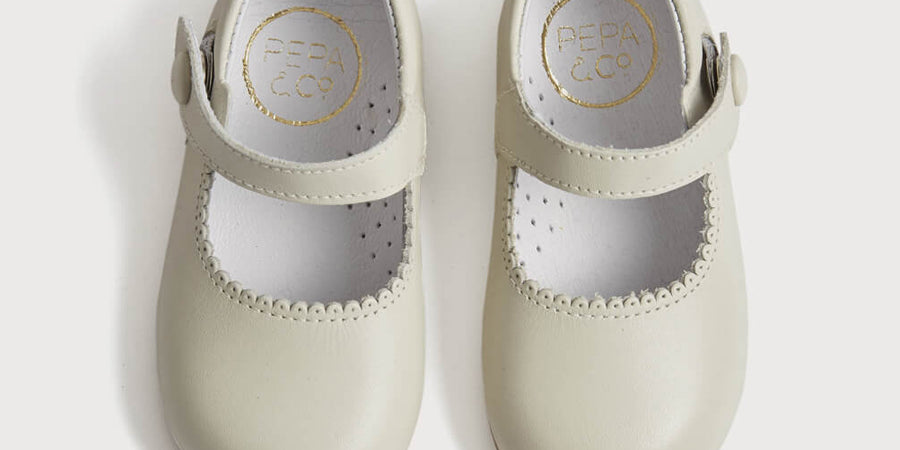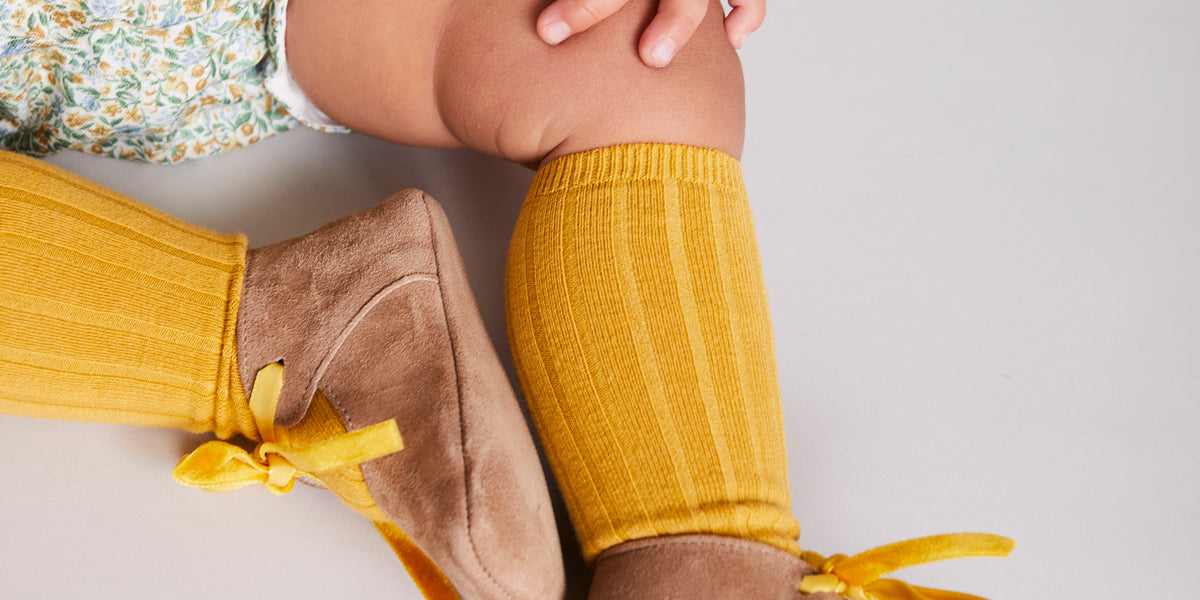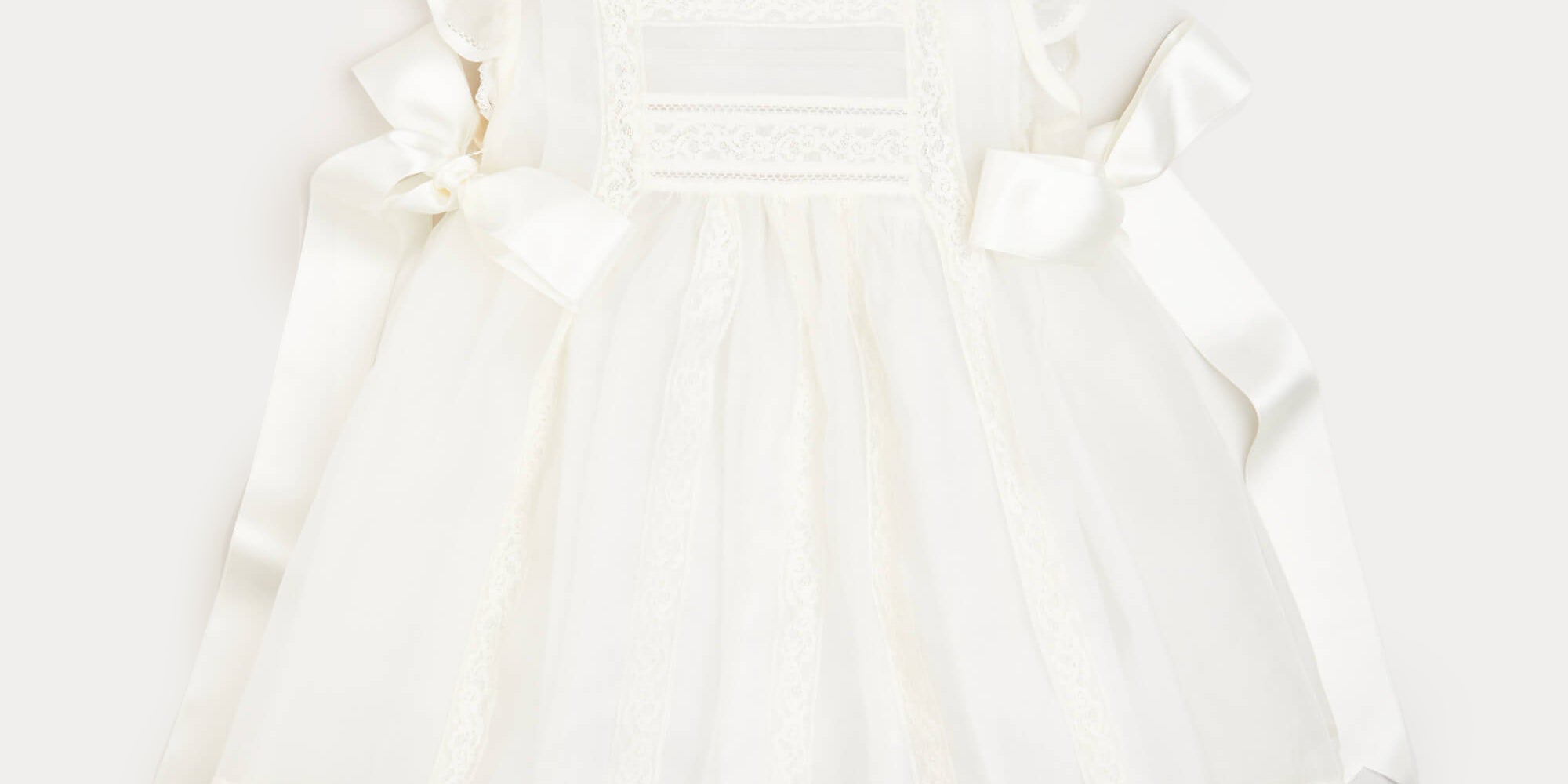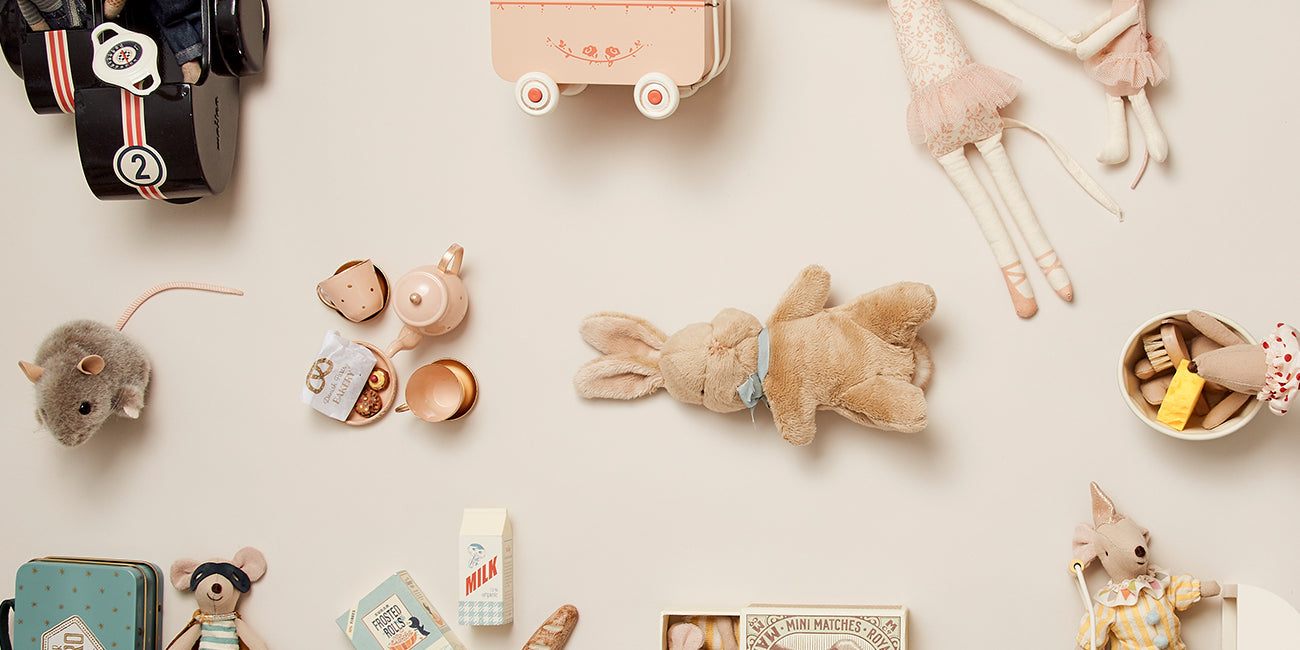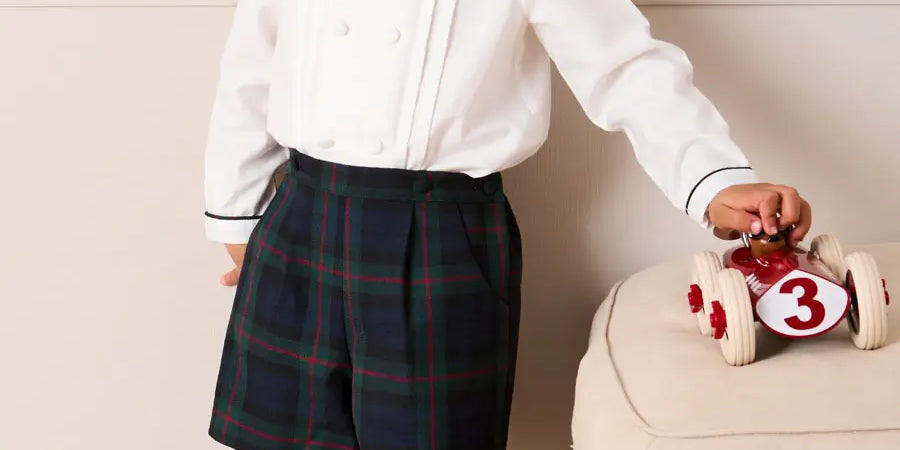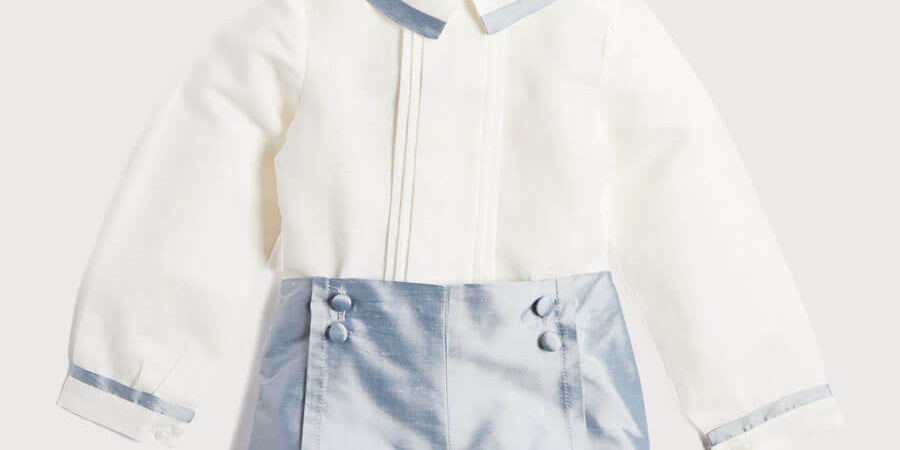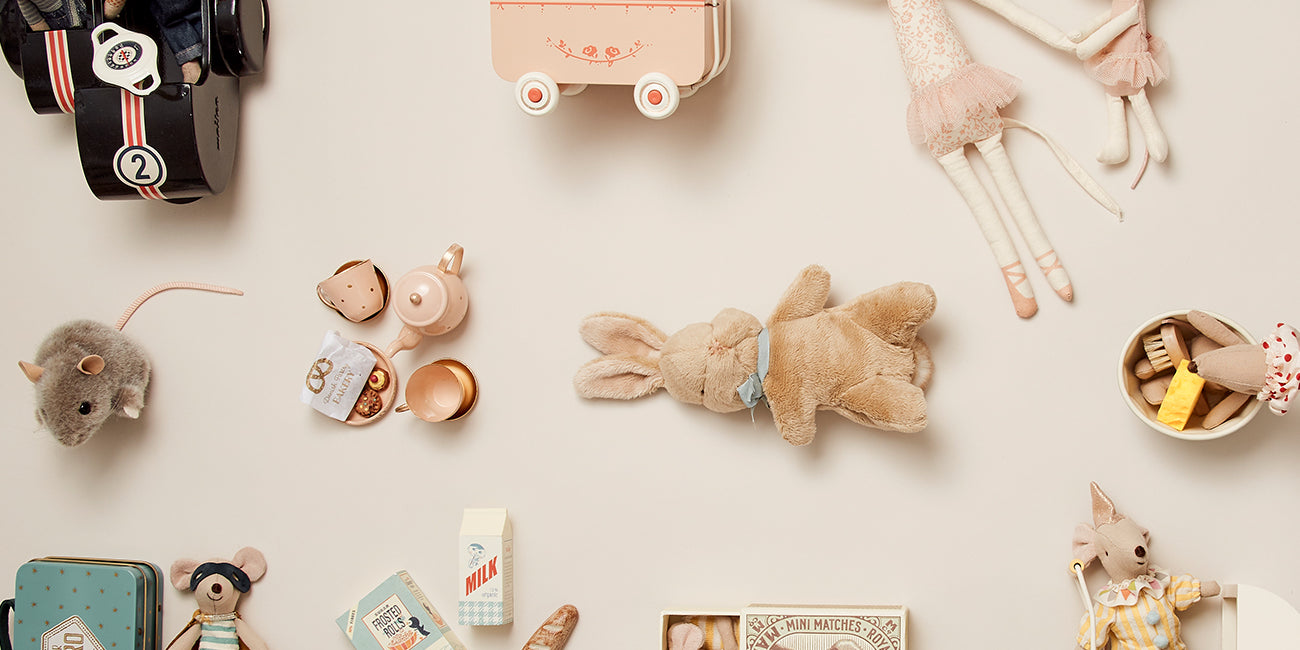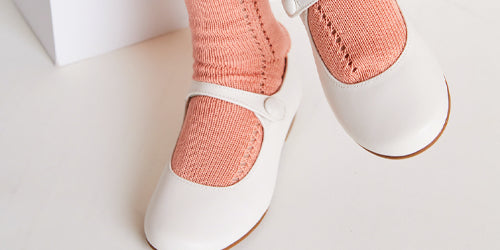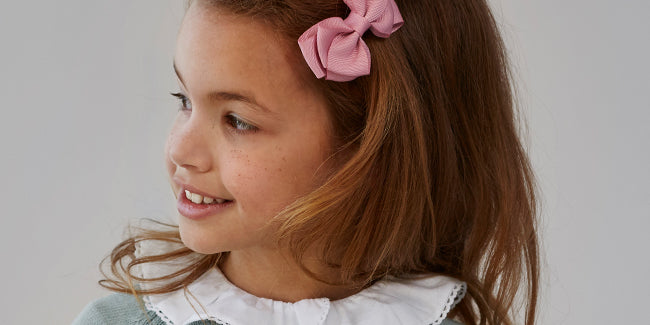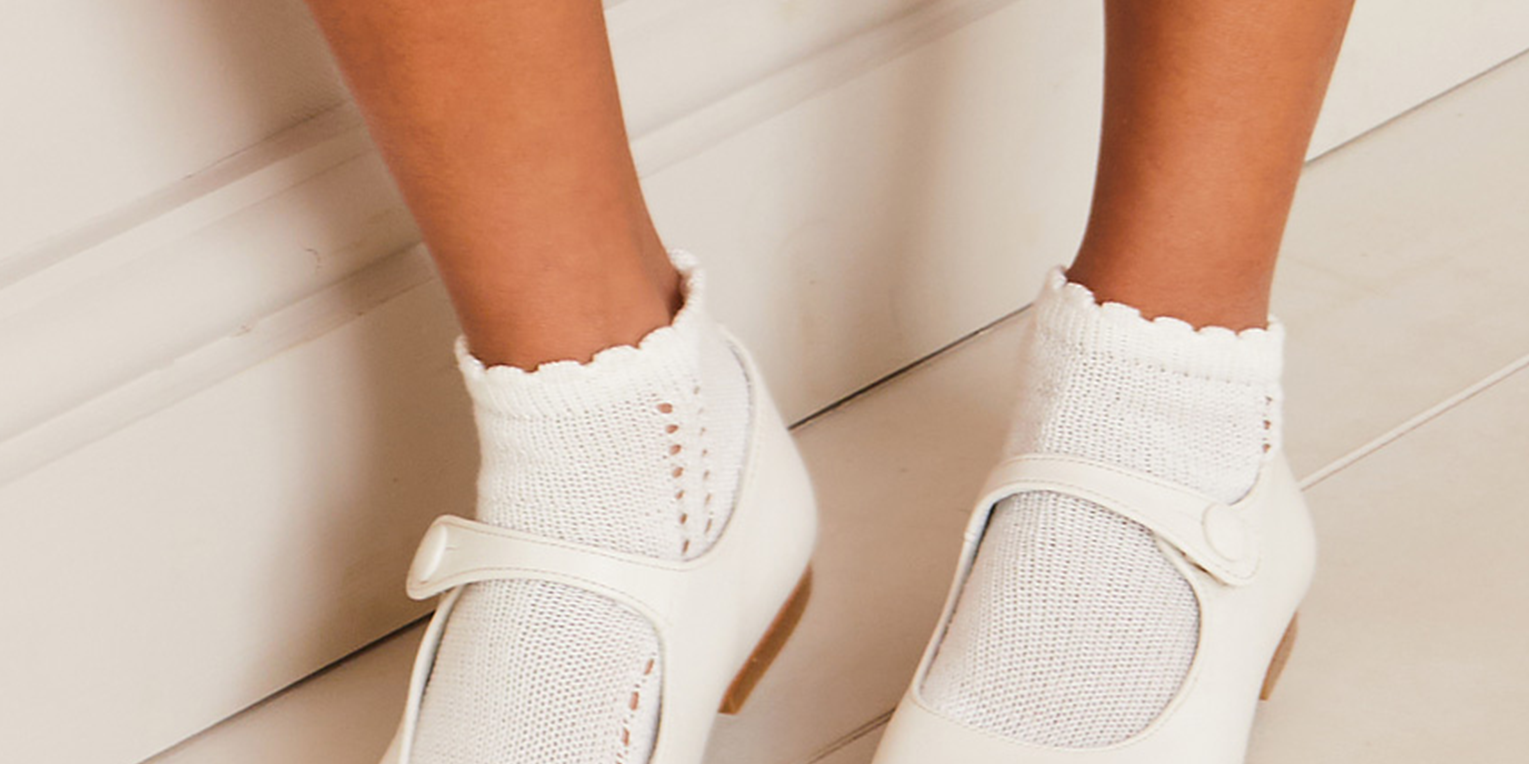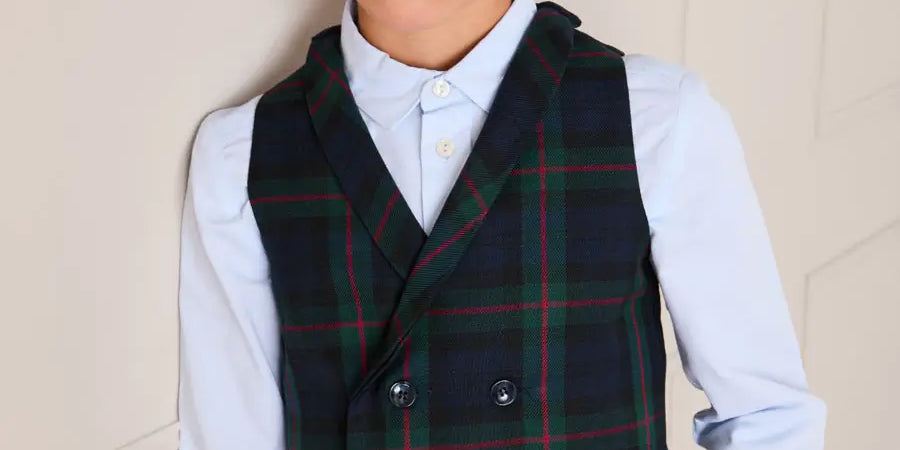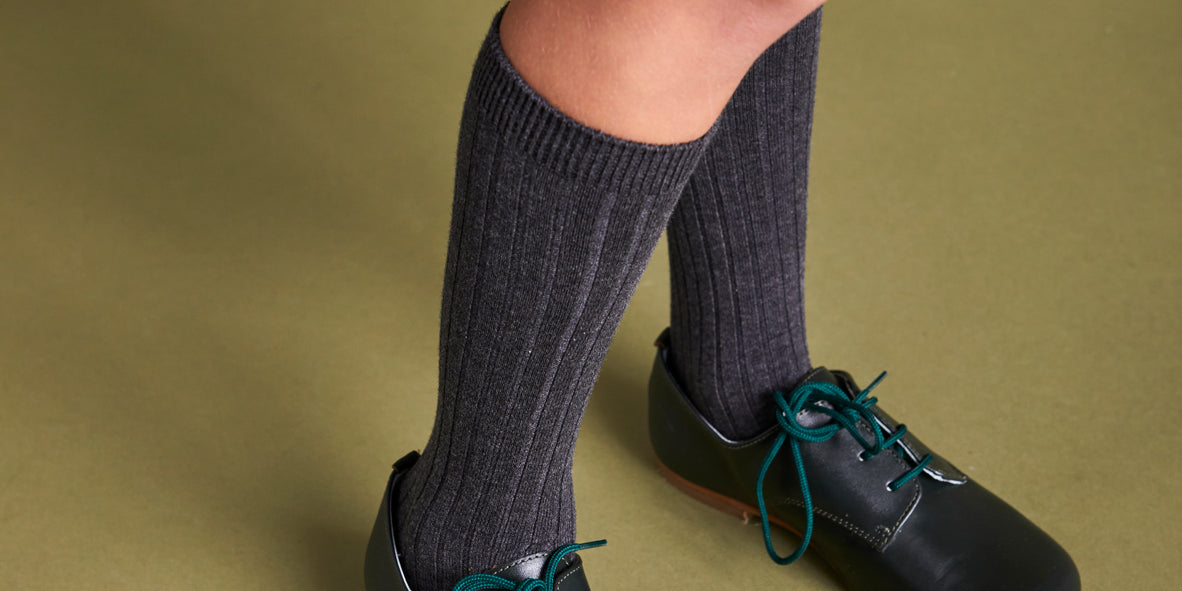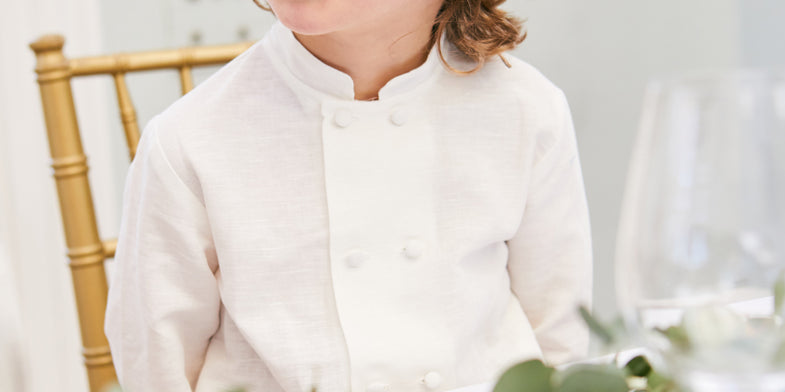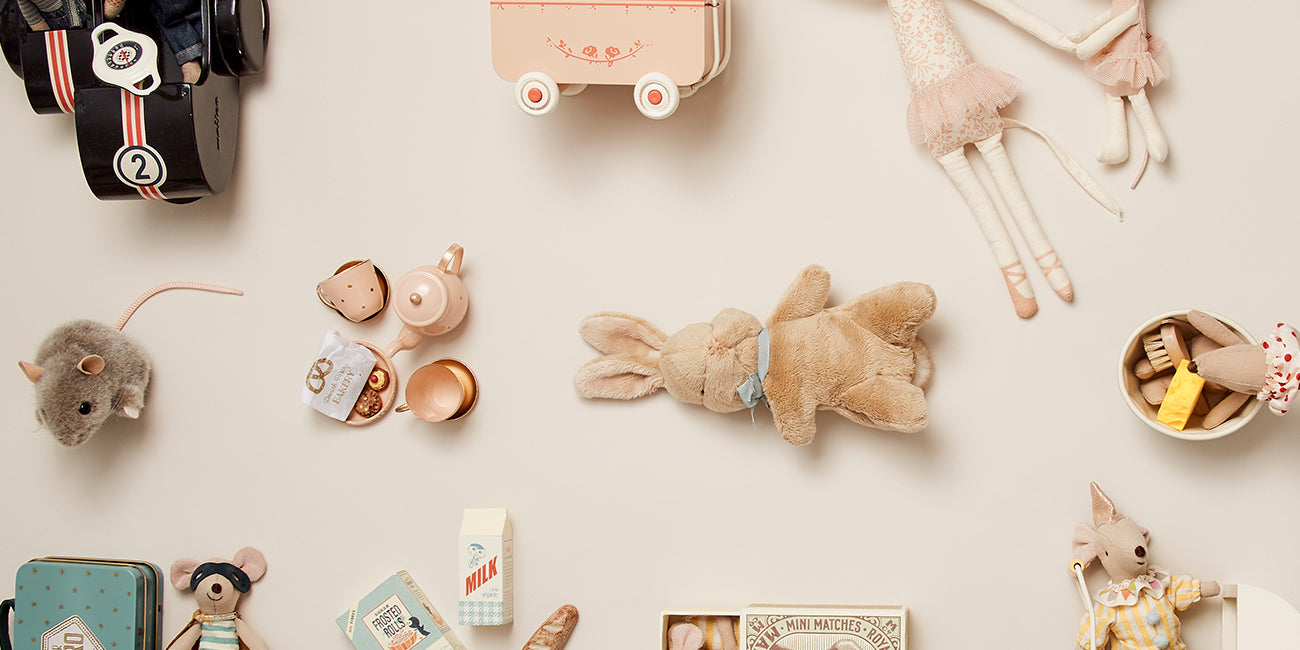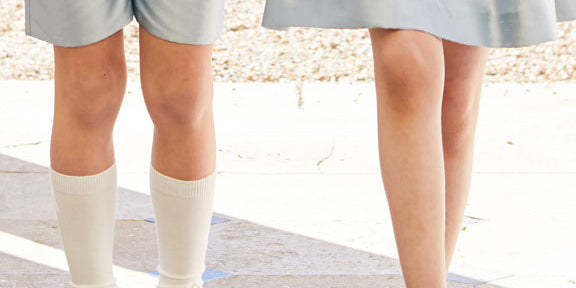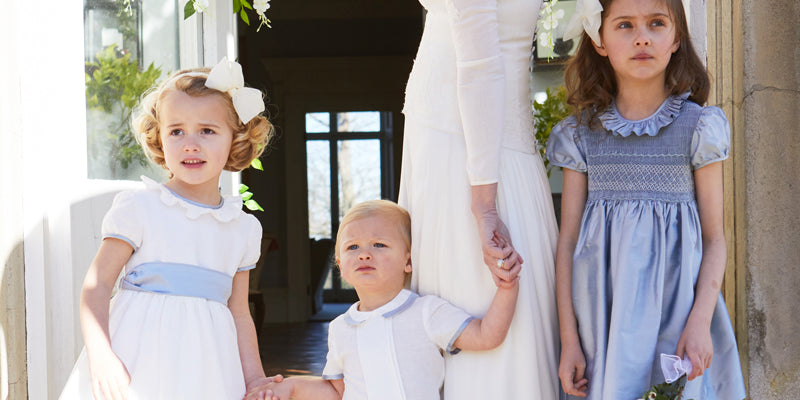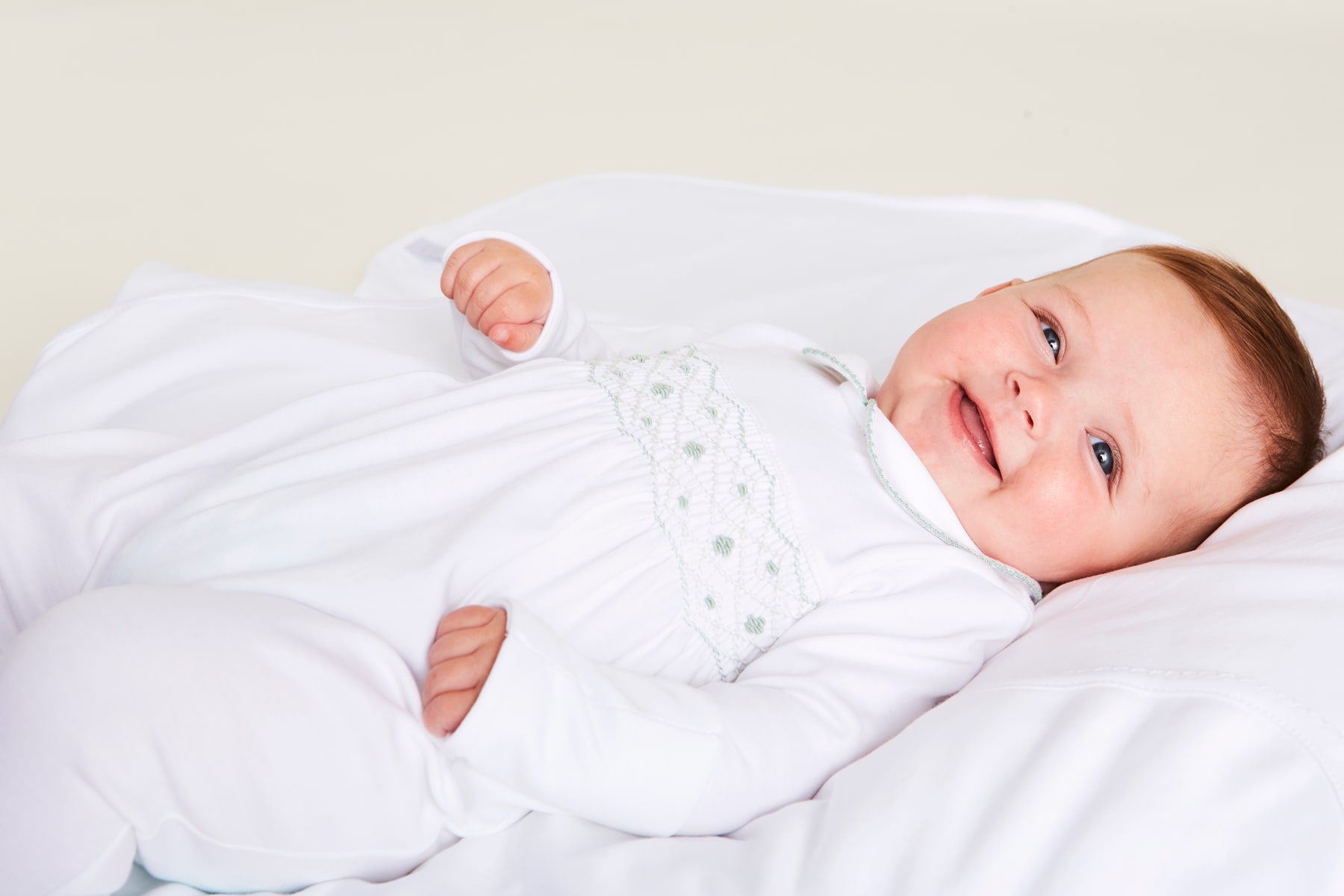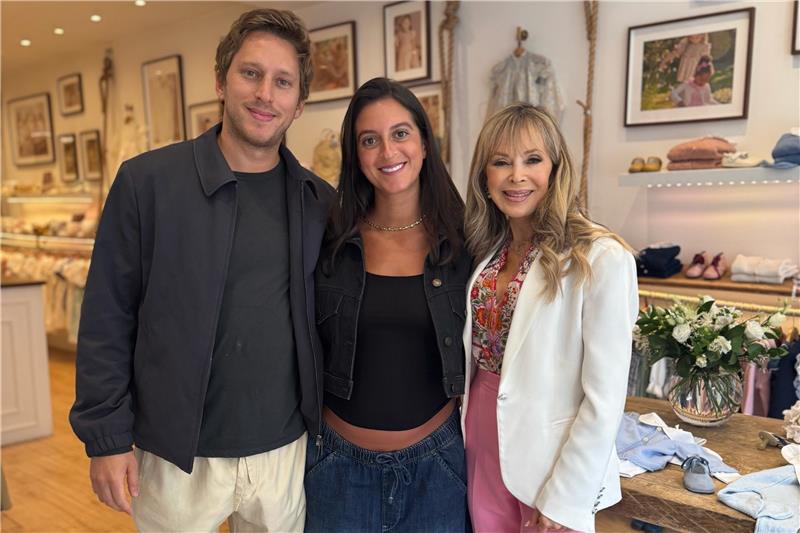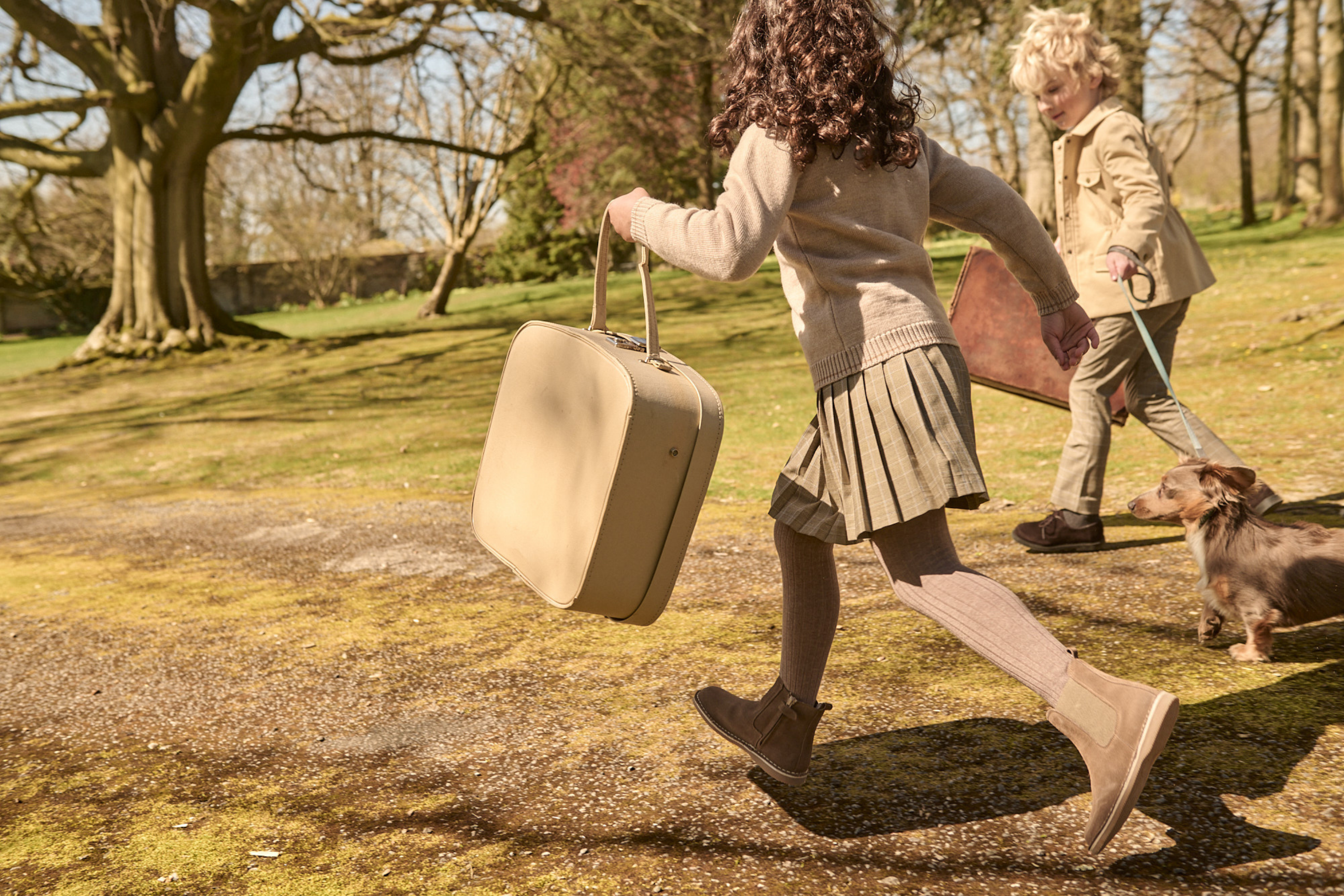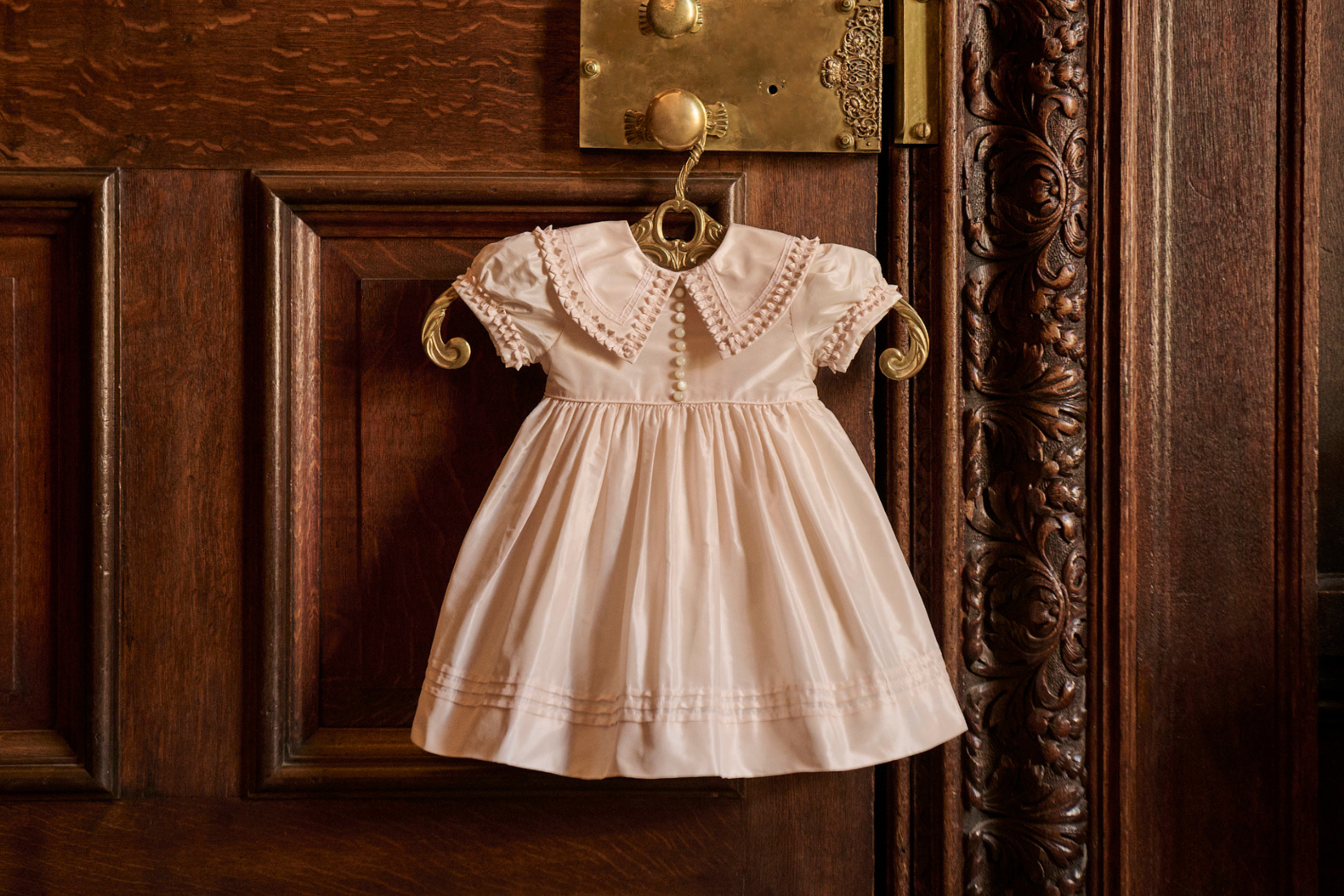As a new parent, one of the many tasks you'll need to master is how to wash baby clothes. Whether you're using a traditional washer and dryer or washing by hand, it's important to follow a few guidelines to ensure that your baby's clothes are clean, safe, and gentle on their delicate skin.
In this article, we'll go over everything you need to know about how to wash baby clothes, including what you'll need, how to choose the right detergent and helpful tips and tricks for keeping your little one's wardrobe fresh and clean.
CONTENTS
Folding & Hanging Baby Clothes
What you'll need
Before you get started, you'll need to gather a few supplies. Here's a list of everything you'll need to wash baby clothes:
- Washer: If you have a traditional washer and dryer at home, you can use these to wash your baby's clothes. If you don't have a washer and dryer, or if you prefer to wash clothes by hand, you can use a large sink or basin instead.
- Detergent: It's important to choose a detergent that is specifically formulated for babies, as regular detergents can be too harsh and irritating for their sensitive skin. Look for detergents that are hypoallergenic and free of fragrances, dyes, and other harsh chemicals.
- Drying rack: After you've washed your baby's clothes, you'll need somewhere to hang them to dry. A drying rack is a convenient and space-saving way to air-dry clothes, and it's beneficial for delicate items like onesies and sleepers.
- Laundry mesh bag: A mesh bag is a great way to keep small items like socks, bibs, and washcloths together in the wash. Simply put the items in the bag and toss them in the washer – no more lost socks!
- Dish soap: If you're washing baby clothes by hand, you'll need mild dish soap to use as a detergent. Avoid using regular laundry detergents, as they can be too harsh for your baby's skin.
Washing Baby Clothes
Now that you have everything you need, it's time to start washing! Here's a step-by-step guide on how to wash baby clothes:
- Sort the clothes: Start by separating the clothes into different piles based on colour and fabric type. It's generally best to wash white and light-coloured clothes separately from dark-coloured clothes, as they can bleed dye in the wash. Delicate items like onesies and sleepers should also be washed separately from sturdier items like jeans and jackets.
- Pre-treat stains: If your baby's clothes have any stains, it's a good idea to pre-treat them before washing them. Gently rub a small amount of liquid laundry detergent onto the stain and let it sit for a few minutes before washing.
- Load the washer: Once you've sorted and pre-treated the clothes, it's time to load them into the washer. Be sure to follow the manufacturer's guidelines for the maximum load size and the amount of detergent to use.
- Choose the right wash cycle: For baby clothes, it's generally best to use a gentle cycle with cold water. Hot water can be too harsh and may cause shrinkage, and the gentle cycle will help to protect delicate fabrics.
- Add detergent: Add the appropriate amount of baby-safe detergent to the washer according to the manufacturer's instructions.
- Wash the clothes: Start the wash!

Drying Baby Clothes
Drying baby clothes is as important as washing them, so make sure your baby’s clothes are thoroughly dried to prevent the growth of bacteria and mould.
Here are some tips to help you dry your baby's clothes safely and efficiently:
- Sort the clothes by fabric type: It's important to dry different types of fabric separately to avoid shrinkage or damage. For example, cotton clothes can be dried on a high heat setting, while more delicate fabrics like silk or wool should be dried on a low heat setting or air dry.
- Use a clothesline or drying rack: If the weather allows, drying your baby's clothes on a clothesline or drying rack outside can be a natural and cost-effective option. Just make sure to keep the clothes out of direct sunlight, as the UV rays can fade the fabric.
- Use a dryer: If you don't have access to a clothesline or drying rack, or if the weather is inclement, a dryer can be a convenient option. Just be sure to use the appropriate heat setting for the fabric and consider adding a dryer sheet to reduce static.
- Air dry certain items: Some items, like cloth diapers and bibs, are best air dried to prevent shrinkage and maintain their absorbency. Simply lay these items flat on a clean, dry surface until they are fully dry.
- Don't overstuff the dryer: It's important to allow enough space in the dryer for the clothes to circulate and dry properly. Overstuffing the dryer will result in longer drying times and may cause the clothes to come out wrinkled.
- Remove clothes promptly: Once the clothes are fully dry, be sure to remove them from the dryer or clothesline promptly. Leaving damp clothes in a pile can create the perfect environment for bacteria and mould to grow.

Folding and Hanging Baby Clothes
- Sort the clothes by size and type. This will make it easier to put them away and find what you're looking for later.
- Fold smaller items, like socks and onesies, and stack them neatly in a drawer or on a shelf.
- Hang dresses, pants, and jackets on hangers in the closet.
- Use closet organizers or bins to separate different types of clothes and keep them organized.
- Consider using space-saving hangers, like cascading hangers, to make the most of your closet space.
- When folding larger items, like blankets and towels, fold them in half lengthwise and then fold them in half again. This will create a neat, compact package that's easy to store.
- Label bins and drawers with a marker or tags to help you find what you're looking for quickly and easily.
- By following these simple tips, you can easily and efficiently dry, fold, and hang your baby's clothes, keeping them organized and ready for the next use.
Frequently Asked Questions
Do I need to wash new baby clothes before use? Yes, it's recommended to wash new baby clothes before using them.
Do I need to wash baby clothes before birth?
No, it is not necessary, but it can be a good idea to have some clean clothes ready for your baby after they are born.
How often should you wash baby clothes?
It depends on the baby's age and activity level, but it's generally recommended to wash newborn clothes after every wear, infants' clothes every few days and toddlers' clothes every now and then. All of the preferably in cold water.
How to remove stains?
Pre-treat the stain, use a gentle detergent, wash in hot water, and consider using an enzyme-based detergent.
Can you use regular detergent on baby clothes?
Yes, but it's better to use a mild, hypoallergenic detergent specifically formulated for baby clothes.
Can you use fabric softener on baby clothes?
No, fabric softeners can leave a residue that can irritate a baby's sensitive skin and cause allergies or rashes.




